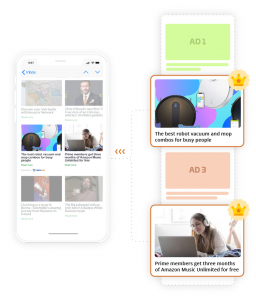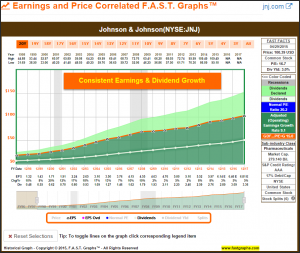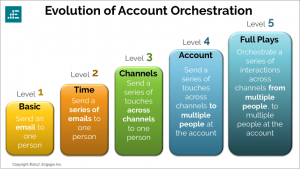 As you prepare to build a new website, redesign an old one, or make changes to the way your organization handles its online presence, there are hundreds of tiny decisions that compete for your attention. Do you need a new logo? Do you want to use WordPress, Joomla, Drupal, SquareSpace, Wix, hard coding? Should you go with bold color and design or traditional styling? What should be in the menu? Should you call that page ABOUT US or just ABOUT? Or ABOUT THE FIRM? Oh my goodness, you start to think. I need to make a list. I need a project management system. We need to track these things. What’s first?
As you prepare to build a new website, redesign an old one, or make changes to the way your organization handles its online presence, there are hundreds of tiny decisions that compete for your attention. Do you need a new logo? Do you want to use WordPress, Joomla, Drupal, SquareSpace, Wix, hard coding? Should you go with bold color and design or traditional styling? What should be in the menu? Should you call that page ABOUT US or just ABOUT? Or ABOUT THE FIRM? Oh my goodness, you start to think. I need to make a list. I need a project management system. We need to track these things. What’s first?
Well, all those decisions need to be made, but approaching it from a details-first position will be utterly overwhelming. The big-picture choices you make will help direct the smaller choices along the way. In the next few blog posts, we’ll be pitting choices against each other and helping you to find the best of both styles. Today, we’ll start with one of the first choices organizations need to make: will they be thrifty and decisive, or spendy and flexible?
Thrifty & Decisive VS. Spendy & Flexible
This is a decision both for your internal thought-process and to share with your developer, in-house or outsourced. Knowing how you operate — even if it’s not ideal — is important so that you make a realistic choice. This plays out in several ways.
 Thrifty & Decisive: Pros.
Thrifty & Decisive: Pros.
Making decisions before a project begins simplifies everything. Before you meet with your designer or your in-house staff, if you’ve chosen your design components, discussed and approved your site architecture, and developed a schedule for your team and your design team to provide all the pieces of the site, then you’ve saved your designer and consultants all the discovery work. You’re providing marching orders, and the benchmarks for project completion and success are obvious: check the items off the list, and the work is done.
Thrifty & Decisive: Cons.
Added a new department or publication while the site is under development? Got new leadership who wants to chime in? You’ve left no space in this project for change. You may be able to get your designer or consultants to rework what you have, but depending on whether you made choices that allow that kind of flexibility, you could be stuck with what you requested.
 Spendy & Flexible: Pros.
Spendy & Flexible: Pros.
Let’s be honest: some organizations have a hard time making hard-and-fast decisions. Some might call that attitude “waffly,” but I think flexible is a better way to describe it. For example, a non-profit organization that requires Board approval for things like design, software selection, or other major components requires either a far longer process to allow for presentations and feedback along many steps of the project, or a lot of on-site work during specific times when the Board is available to work intensively. It takes more time from your designer or consultants, but it lets you move in sprints and corrections, a two-steps-forward-one-step-back process that is more likely to result in overall organizational satisfaction.
Spendy & Flexible: Cons.
This choice can make what would otherwise be a fairly quick process take much longer and cost a lot more. Creating, for example, a page of content only to re-create it again and again as various parts of the organization weigh in, takes more hours than it would if you sent finalized, vetted copy to the designer at the outset and made no further changes.
Tips for the best of both worlds:
- Leave at least a little room in your budget for potential changes.
- Include a “consultant review” spot under every line item in your plans, so if the designer or consultant sees something that might not work for you, there is time in the plan to rethink your request.
- Find out what is involved in making changes later. At minimum, you’ll be able to tell the change-requester about the repercussions of afterthoughts.
It’s nearly impossible to spend very little money and get tons of flexibility out of your project. Somewhere in the middle between spending a fortune and being locked into place is your organization’s sweet spot; you just have to work with your web team to find it.
Business & Finance Articles on Business 2 Community(96)







